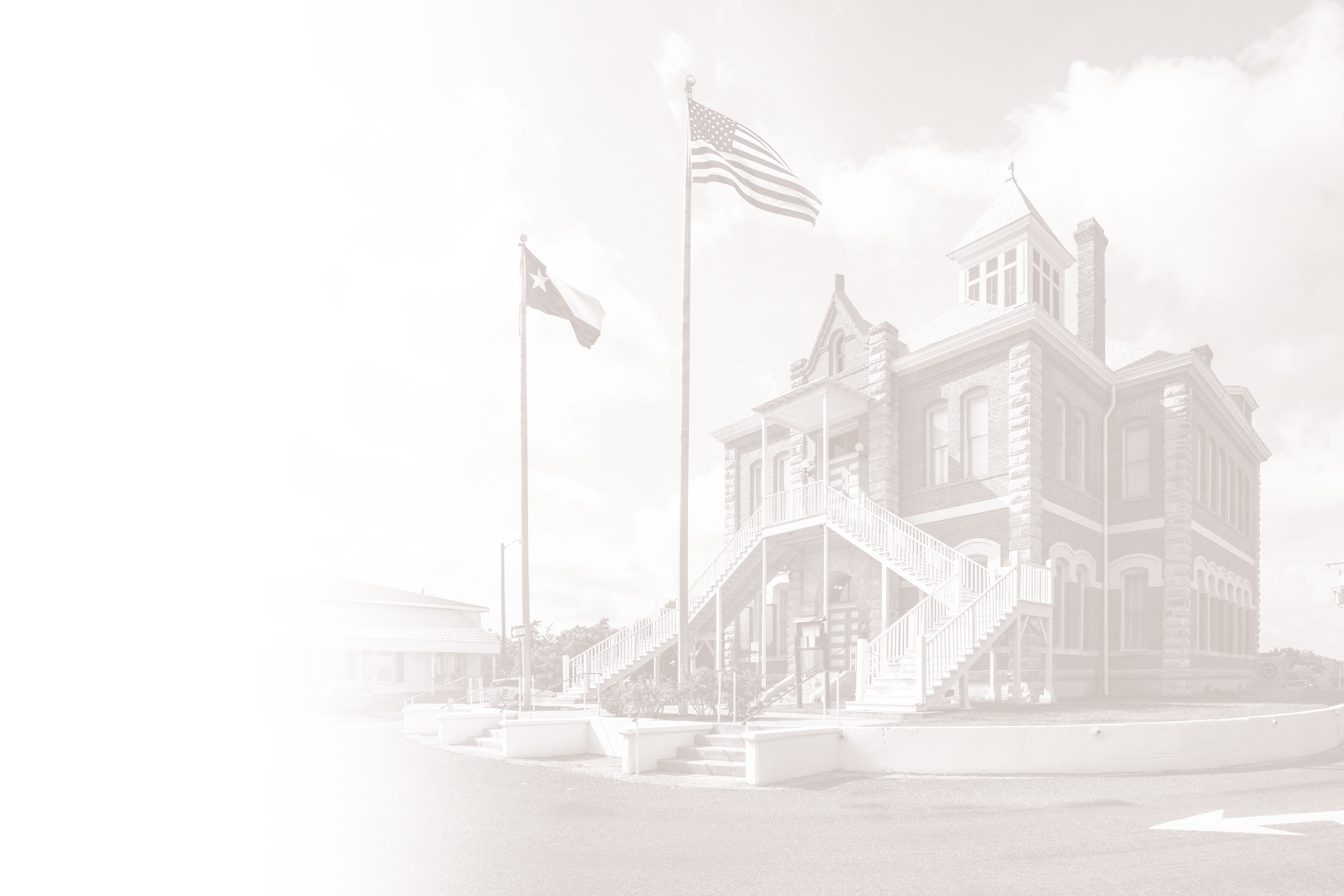When World War II ended in September 1945, the United States and the Soviet Union—former allies in the defeat of Nazi Germany had already begun to see fractures in their once-mutual support of one another. Competing views of post-war Europe and other regions around the world quickly set the former allies down a decades-long period of mutual distrust. As a result, an unofficial but nonetheless all-too-real ‘state of war’ developed between the two emerging superpowers. This would become known as the Cold War.
The United States and the Soviet Union were actively engaged in an escalating and intense political, military, and economic confrontation between 1946 and 1991. Over the course of nearly five decades, Texas and Texans responded to their nation’s call to duty on both the military and home front, and served admirably.
Although the Cold War officially ended almost 25 years ago, to many, the real sense of fear and anxiety that Texans (their parents and grandparents) felt is hard to comprehend or relate to. Like the rest of the nation, Texans worried about family members serving overseas during the Korean War, the Vietnam War, and Operation Desert Storm. On the home front, in small and large Texas towns alike, many feared nuclear annihilation and grappled with the need to build a bomb shelter in the back yard during the Arms Race. These same people participated in both anti-war protests and patriotic demonstrations of support in response to the Cold War's impact on their lives.
Throughout the Cold War, Texas was host to dozens of active duty Department of Defense sites, many of which whose origins began in World War II. A few are still open today. These Cold War military sites included U.S. Air Force bases and stations at Lubbock, Pyote, San Angelo, El Dorado, Del Rio, Eagle Pass, Laredo, Harlingen, San Antonio, Victoria, Houston, Bryan, Waco, Fort Worth, Wichita Falls, and Sherman; U.S. Army posts at Fort Bliss, Fort Sam Houston, Fort Hood, Fort Wolters, and Texarkana; and U.S. Navy air and fleet stations at Kingsville, Corpus Christi, Beeville, Dallas, Fort Worth, and Ingleside. In addition, smaller facilities in Texas played major roles in the national defense: the U.S. Air Force-manned Atlas Missile bases, the U.S. Army-garrisoned Nike Missile batteries, and a U.S. Navy-operated Space Surveillance Field Station.
These military sites trained young men and women in a post-World War II desegregated military for active duty in the U.S. Army, Air Force, Navy, and Coast Guard. The histories of these sites are documented at 'on base' museums, through the efforts of local county historical museums, public libraries, and at each respective branch’s national archive. However, the personal stories of the men and women who served in the Cold War—told in their own words—when recorded and preserved will enrich our understanding of this important period in our nation's history.
Cold War Historical Markers
In October 1962, the 4080th SRW and elements of the C.I.A. flew Lockheed U-2 aircraft out of Laughlin Air Force Base on secret surveillance missions to document the Soviet Union’s nuclear weapons build-up in Cuba during one of the Cold War’s most intense moments, the Cuban Missile Crisis. Afterward, when President John F. Kennedy presented the 4080th with an Outstanding Unit Award, he noted, “The work of this unit has contributed as much to the security of the United States as any unit in our history, and any group of men in our history.”
Several sites, events, and individuals associated with Texas’ role in the Cold War are already commemorated with Official Texas Historical Markers. These topics include: Kelly Air Force Base, Sheppard Air Force Base, Ellington Field, Operation Long Horn, Operation Brass Knob, Flour Bluff Independent School District, General Lucian K. Truscott, Jr., and the USS Uvalde. To read these markers’ inscriptions please visit the THC's Texas Historic Sites Atlas.
Oral History Project
The state of Texas, by virtue of its distinguished and preeminent role in the Cold War from 1946 to 1991, is home to thousands of Cold War oral histories, both military and civilian, that remain unrecorded or preserved. To aid in the preservation of this history, the Texas Historical Commission's (THC) Military Sites Program recently conducted a two-year oral history series titled When the Lone Star State Met the Iron Curtain: Recollections of Texas in the Cold War.
The THC wishes to thank The Summerlee Foundation for its generous funding that helped make this exciting initiative possible. With this project, THC Military Sites Program staff conducted 10 free oral history training workshops, encouraging attendees to preserve and share locally the oral history interviews they record and preserve. In emphasizing the importance of conducting and archiving interviews locally, the THC strives to meet its own mission of preserving Texas history for the use, education, and economic benefit of current and future generations of Texas.
